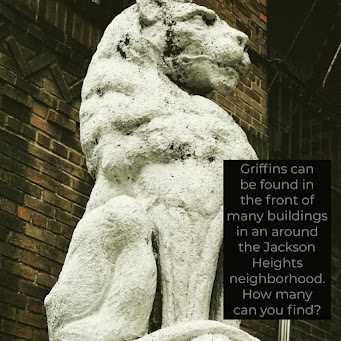Teaching creation myths from ancient India can be an exciting way to engage middle and high school students in the Humanities or English Language Arts classroom. It provides an opportunity to explore different cultures, beliefs, and worldviews. In this post, we will delve into the significance of creation myths and explore some examples of creation myths from ancient India.
I discuss how to teach creation myths from ancient India to middle and high school students in a Humanities or English Language Arts classroom.
 |
| From the soaring Himalayas to the tropical coastline, the Indian subcontinent's diverse geography has shaped India's rich and complex history. |
Creation myths are an integral part of human history and culture. They are stories that explain how the world came into being and how humans, gods, and other beings came to exist. Ancient India is rich in mythology and has a plethora of creation myths that provide a unique perspective on the universe's origin.
What is a Creation Myth?
A creation myth is a traditional story that explains how the universe, Earth, and all living things came into existence. These myths are often considered sacred and passed down through generations. Creation myths vary across cultures, but they all share a common thread: they attempt to answer fundamental questions about the nature of existence and our place in the world.
Creation Myths from Ancient India
India has a rich and diverse tradition of creation myths. These myths are drawn from Hinduism, Buddhism, Jainism, and other religions that originated in India. Here are a few examples of creation myths from ancient India:
The Rig Veda Creation Myth: This is one of the oldest creation myths in India, dating back to around 1500 BCE. It tells the story of the god Prajapati, who creates the world by sacrificing himself.
The Puranas Creation Myth: The Puranas are a collection of ancient Hindu texts that describe the creation of the universe. They tell the story of the god Brahma, who creates the world by meditating on the lotus flower that grows from the navel of the god Vishnu.
The Buddhist Creation Myth: In Buddhist mythology, the universe goes through
cycles of creation and destruction. The creation of the universe is said to begin when the Buddha Amitabha creates a pure land, a perfect world where beings can attain enlightenment.
 |
| Ancient India boasts a host of creation myth traditions. |
cycles of creation and destruction. The creation of the universe is said to begin when the Buddha Amitabha creates a pure land, a perfect world where beings can attain enlightenment.
The Jain Creation Myth: In Jainism, the universe is eternal and has no beginning or end. However, it constantly changes, and beings are reborn in different forms. The universe is divided into six realms, including the human realm, the animal realm, and the realm of the gods.
Teaching Creation Myths from Ancient India
Teaching creation myths from ancient India can be a fun and interactive experience for students. Here are a few tips for incorporating these myths into your Humanities or English Language Arts curriculum:
- Provide Context: Before diving into the creation myths, provide students with some background on ancient India, its religions, and its culture. This will help students understand the significance of these myths and appreciate their cultural and historical context.
- Engage in Close Reading: Read the creation myths with your students and encourage them to analyze the language, themes, and symbols used in the text. This can be a great way to build critical thinking and analysis skills.
- Compare and Contrast: Compare and contrast the creation myths from ancient India with creation myths from other cultures. This can help students see the similarities and differences between different worldviews and gain a broader perspective on human history and culture.
- Explore Art and Literature: Creation myths from ancient India have inspired a wealth of art and literature. Encourage students to explore visual art, literature, and music that are inspired by these myths. This can be a great way to connect with the myths on a deeper level and explore their cultural significance.
Conclusion
Teaching creation myths from ancient India can be an enriching and enlightening experience for middle and high school students. It provides an opportunity to explore different cultures, beliefs, and worldviews and to build critical thinking and analysis skills.
Feel free to check out my store, where you can purchase my unique lesson plan on teaching creation myths from ancient India!











